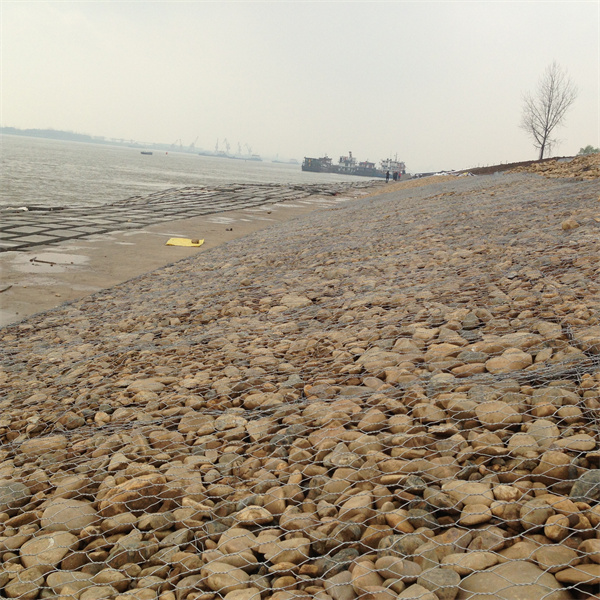Oct . 11, 2024 08:51 Back to list
gabion garden bed
Creating a Stunning Gabion Garden Bed A Blend of Functionality and Aesthetics
In the world of garden design, innovation often leads us to unique solutions that enhance both the beauty and functionality of our outdoor spaces. One such captivating method is the use of gabion garden beds. These structures, initially conceived for erosion control and other engineering purposes, have found their way into residential landscaping, transforming gardens into impressive works of art.
What is a Gabion?
A gabion is a cage or container filled with rock, concrete, or other materials, traditionally used in civil engineering to stabilize soil and prevent erosion. However, their practicality doesn’t stop there. When creatively repurposed, gabions can serve as planters or garden beds, combining structural integrity with an appealing aesthetic. The unique combination of natural stones and greenery creates a visually striking feature that complements any outdoor setting.
Advantages of Gabion Garden Beds
1. Durability Gabion beds are remarkably resilient. The wire mesh cages can withstand harsh weather conditions and prevent soil erosion effectively. Unlike traditional wooden garden beds that might rot or decay over time, gabion structures are built to last.
2. Natural Drainage One of the key challenges in gardening is ensuring proper drainage. Gabion beds, with their open framework, allow water to flow freely, preventing waterlogging and promoting healthy root systems.
3. Eco-Friendly Incorporating local stones or recycled materials into gabion beds promotes sustainability. Using readily available materials reduces environmental impact while enhancing the natural beauty of your garden.
4. Versatility in Design Gabions can be built in various shapes and sizes, allowing them to fit seamlessly into any garden layout. Whether you envision a sprawling vegetable bed, a compact herb garden, or a stunning flower display, gabion beds can be tailored to suit your needs.
How to Create a Gabion Garden Bed
gabion garden bed

Creating your own gabion garden bed is an engaging project that can be completed with a bit of planning and effort. Here’s a simple guide to get started
1. Choose Your Location Select a suitable location in your garden that receives adequate sunlight and has enough space for the desired plants. Mark the outline of your garden bed with stakes or spray paint.
2. Gather Materials You will need gabion wire mesh, stones or concrete fill, and landscaping fabric. Ensure the wire mesh is durable enough to withstand the elements while the fill material should be aesthetically pleasing.
3. Construct the Gabion Frame Cut the wire mesh to the desired dimensions and shape it into a rectangular or square box, securing the corners securely. Make sure to leave enough space for both the fill material and the plants.
4. Fill the gabion Start filling the gabion with stones or your chosen material. It’s best to create a layer of larger stones at the bottom and then intersperse smaller stones for stability and visual interest.
5. Add Soil and Plants Once the gabion is filled, lay landscaping fabric on top to prevent soil from washing away. Then, fill the bed with a high-quality potting mix and plant your selection of flowers, herbs, or vegetables.
6. Maintenance Regularly check for any settling and top off with additional soil and mulch as needed. Water your plants according to their needs, and enjoy the evolving beauty of your gabion garden bed.
Conclusion
Gabion garden beds represent a fantastic fusion of durability, sustainability, and aesthetic appeal. With their robust design and unique visual charm, they offer gardeners an innovative way to enhance their outdoor spaces while providing a versatile planting area. So why not embark on this creative journey and transform your garden into an eye-catching haven? With a gabion garden bed, you're not just planting flowers or vegetables; you're building a lasting centerpiece that will beautify your landscape for years to come.
-
Understanding Load-Bearing Capacity of Gabion Boxes
NewsJul.17,2025
-
The Importance of Corrosion-Resistant Wire in Gabion Construction
NewsJul.17,2025
-
How Gabion Boxes Prevent Soil Erosion Effectively
NewsJul.17,2025
-
Environmental Benefits of Gabion Cages
NewsJul.17,2025
-
Best Stone Types for Gabion Walls with Steps
NewsJul.17,2025
-
Benefits of Using Rock Gabion Baskets in Landscaping
NewsJul.17,2025
-
The Role of Galvanized Gabion Mesh in Riverbank Protection
NewsJun.26,2025






